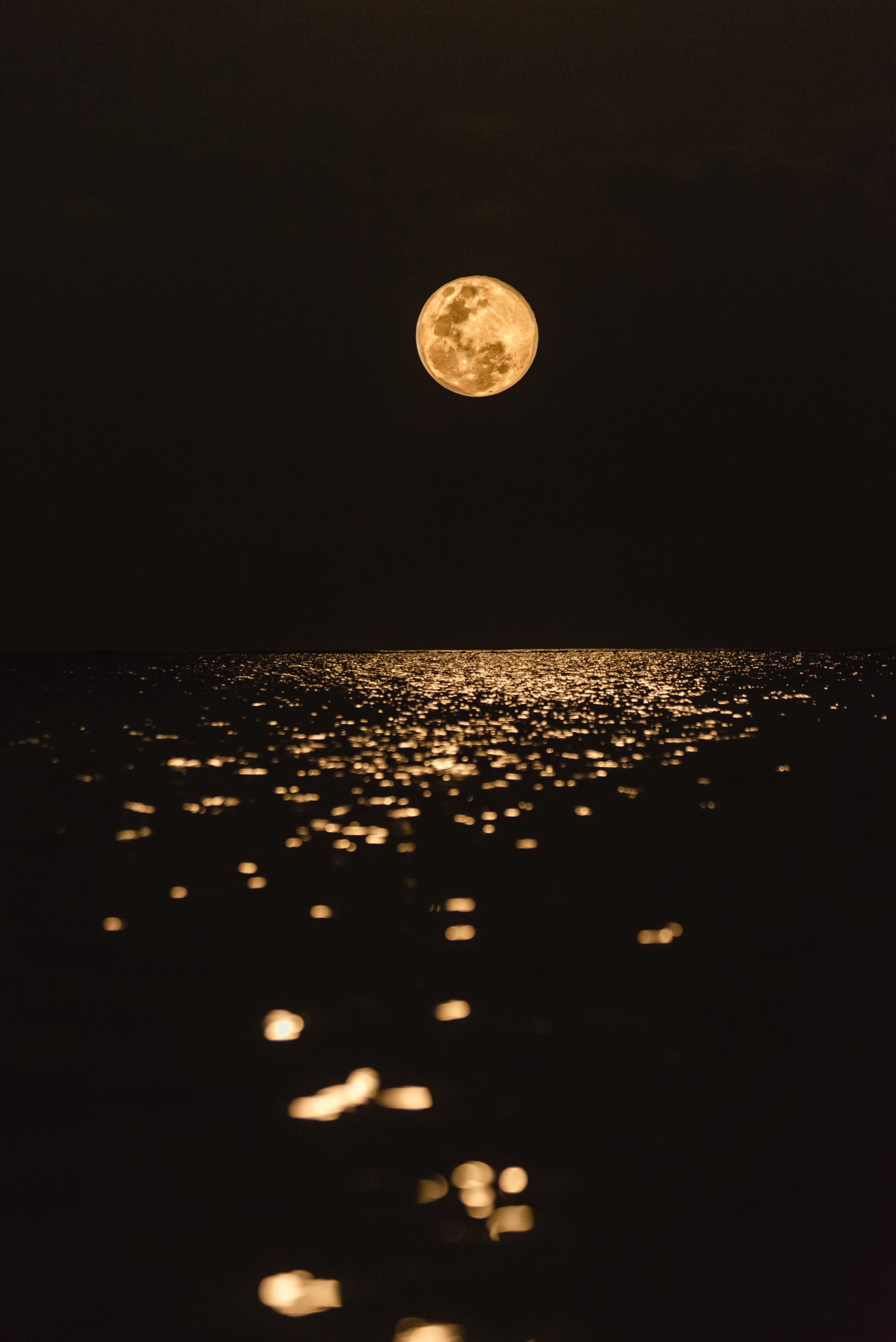The Lunar Period Cycle: Unveiling the Secrets of the Moon’s Phases
The moon has been a source of fascination and mystery for centuries. Its ever-changing appearance in the night sky has captivated humanity, inspiring countless myths, legends, and even scientific discoveries. One of the most intriguing aspects of the moon is its lunar period cycle, which is responsible for the different phases we observe from Earth. In this blog post, we will dive deep into the enchanting world of lunar phases and explore the science behind this celestial phenomenon.
What is the Lunar Period Cycle?
The lunar period cycle, also known as the lunar phase cycle, refers to the recurring pattern of different moon phases as observed from Earth. These phases include the new moon, waxing crescent, first quarter, waxing gibbous, full moon, waning gibbous, third quarter, and waning crescent. Each phase represents a specific alignment of the Moon, Earth, and the Sun.
| Moon Phase | Description | Visibility |
|---|---|---|
| New Moon | The moon is not visible from Earth | Invisible |
| Waxing Crescent | A small, crescent-shaped portion of the moon is illuminated | Visible in the evening |
| First Quarter | Half of the moon is illuminated | Visible in the evening |
| Waxing Gibbous | The majority of the moon is illuminated, but it is not yet fully round | Visible in the evening |
| Full Moon | The entire visible side of the moon is illuminated | Visible throughout the night |
| Waning Gibbous | The majority of the moon is still illuminated, but it is diminishing from its fullness | Visible in the early morning |
| Third Quarter | Half of the moon is illuminated, but the opposite side from the first quarter | Visible in the early morning |
| Waning Crescent | A small, crescent-shaped portion of the moon is illuminated, opposite from the waxing crescent | Visible in the early morning |
The lunar period cycle has an average duration of 29.5 days, which is known as the synodic month. This period is slightly longer than the time it takes for the moon to complete one orbit around the Earth, known as the sidereal month. The synodic month accounts for the moon’s shifting phases as observed from our planet due to the combined motion of Earth and the moon around the Sun.
The Relationship between the Moon, Earth, and Sun
To understand the lunar period cycle, we need to explore the intricate dance between the Moon, Earth, and Sun. The moon orbits around the Earth while the Earth orbits around the Sun. As the moon moves along its orbit, different portions of its illuminated side become visible to us on Earth, resulting in the observed moon phases.
During the new moon phase, the moon is positioned between the Earth and the Sun. From our perspective, we only see the dark side of the moon, and it appears invisible in the sky. As the moon continues its orbit, it gradually moves away from the sun, revealing a small illuminated portion known as the waxing crescent. This phase marks the beginning of the moon’s journey through the lunar period cycle.
When the moon is at its first quarter, it has completed approximately one-fourth of its orbit around the Earth. Half of the moon is now visible in the sky, appearing as a half-moon shape. As the moon continues to move, more of its illuminated side becomes visible, leading to the waxing gibbous phase.
The full moon occurs when the entire visible side of the moon is illuminated. At this point, the moon is on the opposite side of the Earth compared to the position during the new moon phase. The moon appears round and radiant in the night sky, casting its enchanting glow.
After the full moon, the moon starts to wane, and we observe the waning gibbous phase. As the moon continues to move along its orbit, less of its illuminated side becomes visible to us, marking the third quarter phase and eventually leading to the waning crescent phase.
Finally, the moon returns to the new moon phase, and the lunar period cycle begins anew. This celestial dance repeats itself approximately every 29.5 days.
Influences of the Lunar Period Cycle
The moon’s phases have various influences on both nature and human behaviors. Many cultures throughout history have associated specific meanings, traditions, and rituals with particular moon phases. From farming practices to beliefs about fertility and human emotions, the lunar period cycle holds a special place in the collective human consciousness.
One well-known phenomenon associated with the lunar period cycle is the tides. The gravitational pull between the Earth and the moon creates tidal forces, causing the rise and fall of oceanic tides. The alignment of the sun also influences tidal patterns, resulting in variations throughout the lunar month.
Furthermore, some studies suggest that individuals might experience subtle emotional and physiological changes during different moon phases. While scientific evidence is limited and inconclusive, certain cultural and spiritual beliefs consider the full moon as a time of heightened energy and the new moon as a phase for new beginnings and introspection.
Conclusion
The lunar period cycle is a fascinating celestial phenomenon that has intrigued humanity for centuries. Its recurring pattern of moon phases, from the new moon to the full moon and back, captures our imagination and connects us to the vastness of our universe. Whether it influences the tides, human emotions, or serves as a source of inspiration for poetry and folklore, the moon’s phases continue to hold a mysterious allure. So, the next time you gaze up at the night sky and admire the moon, remember the intricate dance it performs as it journeys through its lunar period cycle.
Table of Contents
